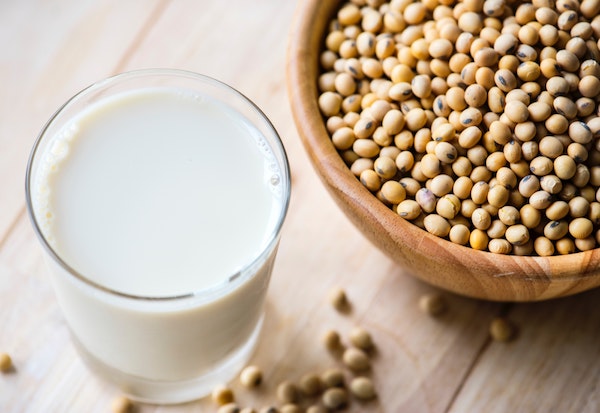Mood swings are not an inevitable part of menopause. In fact, only about 1 in 4 women experience the ups and downs of psychological distress. However, the spectrum of mood swings is vast. It encompasses irritability, depressive episodes, and anxiety. Between 15-50%of women claim they experience a low mood and/or depression. Almost 3 in 4women report irritability during menopause, and between 40 and 50% of women experience anxiety and insomnia. All of these factors can contribute to the steadiness of mood. But what’s actually happening to cause these imbalances? And is there a way to mediate the shifts?
Why Mood Swings During Menopause
For women who are going through perimenopause and menopause, their estrogen levels are shifting. The production of estrogen changes and regulates in redefining its role. No longer is estrogen focused mainly on the creation of an egg in the ovaries. Estrogen also plays an important role in the neurotransmitter serotonin, one of the mood regulators in the body. As estrogen levels rise and fall, the serotoninlevels in the brain are affected which explains why women are typically more affected by mood swings than men. Estrogen also affects the growth of brain cells, which is one reason why some women may report forgetfulness during phases of menopause.
Low Mood Vs. Depression
While these changes are notable in a woman while she is going through menopause, it’s important to differentiate between being in a low, irritable mood and being depressed. Many women are diagnosed with depression in the United States. Approximately 12 million women have been diagnosed with clinical depression, though many aren’t diagnosed. During menopause, with the changes in serotonin levels and the shifts in estrogen levels, women may find themselves in a low mood more frequently, but this is not always the same as depression. Low moods tend to be more temporary, whereas depression can last for weeks. Working with therapists can help explain what you are experiencing.
Elevating that Low Mood

Serotonin is not only affected by estrogen levels. Exercise and a healthy diet also increase the amount of serotonin produced. Therefore, if you are experiencing symptoms of mood swings and low moods, small, important shifts in a daily schedule can be beneficial. Also, consuming foods that have tryptophan, that same amino acid that makes you slightly sleepy when you eat turkey, can help jumpstart serotonin production. Foods like salmon, poultry, eggs, spinach, seeds, milk, and soy products can also help improve serotonin production in the brain, and therefore assist in regulating mood. There are many ways to respond to your body if it is showing some of the more difficult symptoms of menopause. Thinking creatively about lifestyle changes is one of the best places to begin.
















